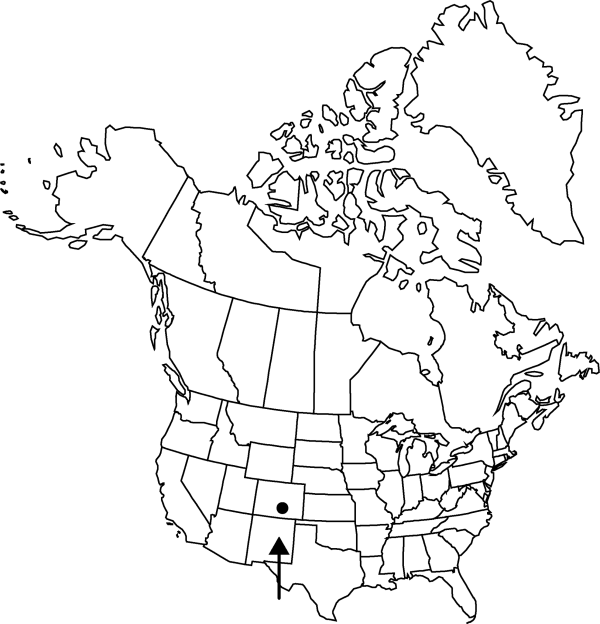Difference between revisions of "Mirabilis rotundifolia"
Publ. Field Mus. Nat. Hist., Bot. Ser. 8: 305. 1931.
FNA>Volume Importer |
FNA>Volume Importer |
||
| Line 27: | Line 27: | ||
|distribution=Colo. | |distribution=Colo. | ||
|discussion=<p>Of conservation concern.</p><!-- | |discussion=<p>Of conservation concern.</p><!-- | ||
| − | --><p>Mirabilis rotundifolia is clearly closely related to Mirabilis albida and may be only a variant.</p><!-- | + | --><p><i>Mirabilis rotundifolia</i> is clearly closely related to <i>Mirabilis albida</i> and may be only a variant.</p><!-- |
| − | --><p>Mirabilis rotundifolia is in the Center for Plant Conservation’s National Collection of Endangered Plants.</p> | + | --><p><i>Mirabilis rotundifolia</i> is in the Center for Plant Conservation’s National Collection of Endangered Plants.</p> |
|tables= | |tables= | ||
|references= | |references= | ||
| Line 52: | Line 52: | ||
|publication year=1931 | |publication year=1931 | ||
|special status= | |special status= | ||
| − | |source xml=https://jpend@bitbucket.org/aafc-mbb/fna-data-curation.git/src/ | + | |source xml=https://jpend@bitbucket.org/aafc-mbb/fna-data-curation.git/src/8f726806613d60c220dc4493de13607dd3150896/coarse_grained_fna_xml/V4/V4_104.xml |
|genus=Mirabilis | |genus=Mirabilis | ||
|section=Mirabilis sect. Oxybaphus | |section=Mirabilis sect. Oxybaphus | ||
Revision as of 18:25, 18 September 2019
Stems erect or ascending, 2–3 dm, leafy mostly in proximal 1/2, openly forked distally, spreading-soft hirsute throughout. Leaves usually widely ascending at 60–80°, abruptly reduced below inflorescence; petiole 0–0.9 cm; blade green adaxially, glaucescent abaxially, broadly ovate, ovate-triangular, or round, 4–7 × 3–6 cm, thick, moderately coriaceous, base cordate to round or cuneate, apex obtuse to round, surfaces glabrous or soft hirsute adaxially, soft hirsute abaxially. Inflorescences primarily terminal, few branched, open; peduncle 3–6 mm, spreading-pubescent, sometimes somewhat glandular, crosswalls of hairs pale; involucres grayish green, widely bell-shaped, 4–6 mm in flower, 7–8 mm in fruit, spreading-pubescent, 40–50% connate, lobes ovate. Flowers 3 per involucre; perianth purplish pink, 0.9–1.1 cm. Fruits pale olive brown, narrowly obovoid, 4–5 mm, ± evenly puberulent with hairs 0.1 mm; ribs round, 0.3–0.5 times width of sulci, 0.5 times as wide as high, slightly rugose (more so on side); sulci slightly darker than ribs, slightly rugose.
Phenology: Flowering late spring-mid summer.
Habitat: Open, calcareous, shaley outcrops
Elevation: 1600-1700 m
Discussion
Of conservation concern.
Mirabilis rotundifolia is clearly closely related to Mirabilis albida and may be only a variant.
Mirabilis rotundifolia is in the Center for Plant Conservation’s National Collection of Endangered Plants.
Selected References
None.
